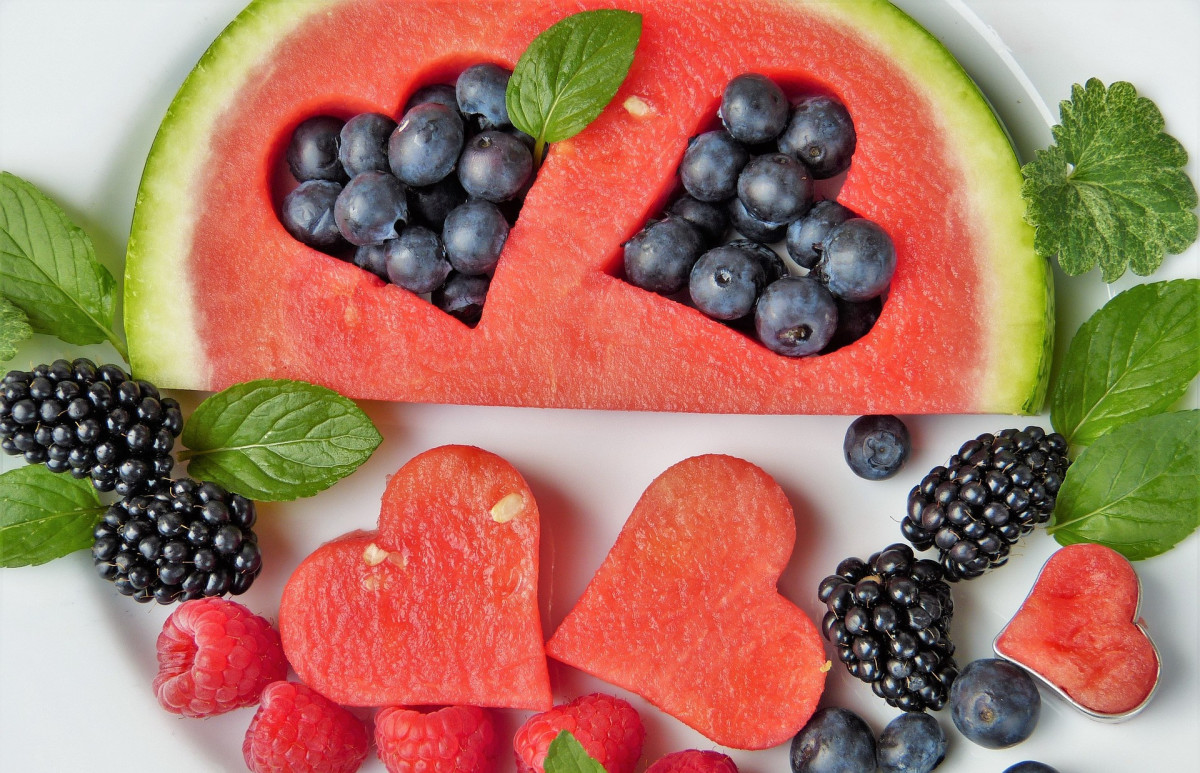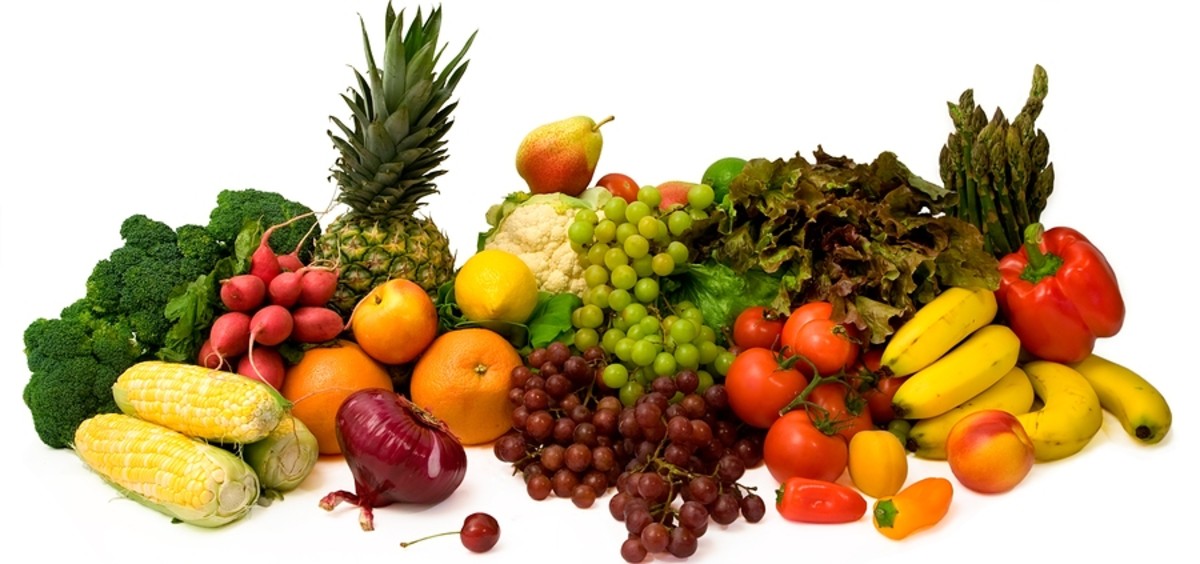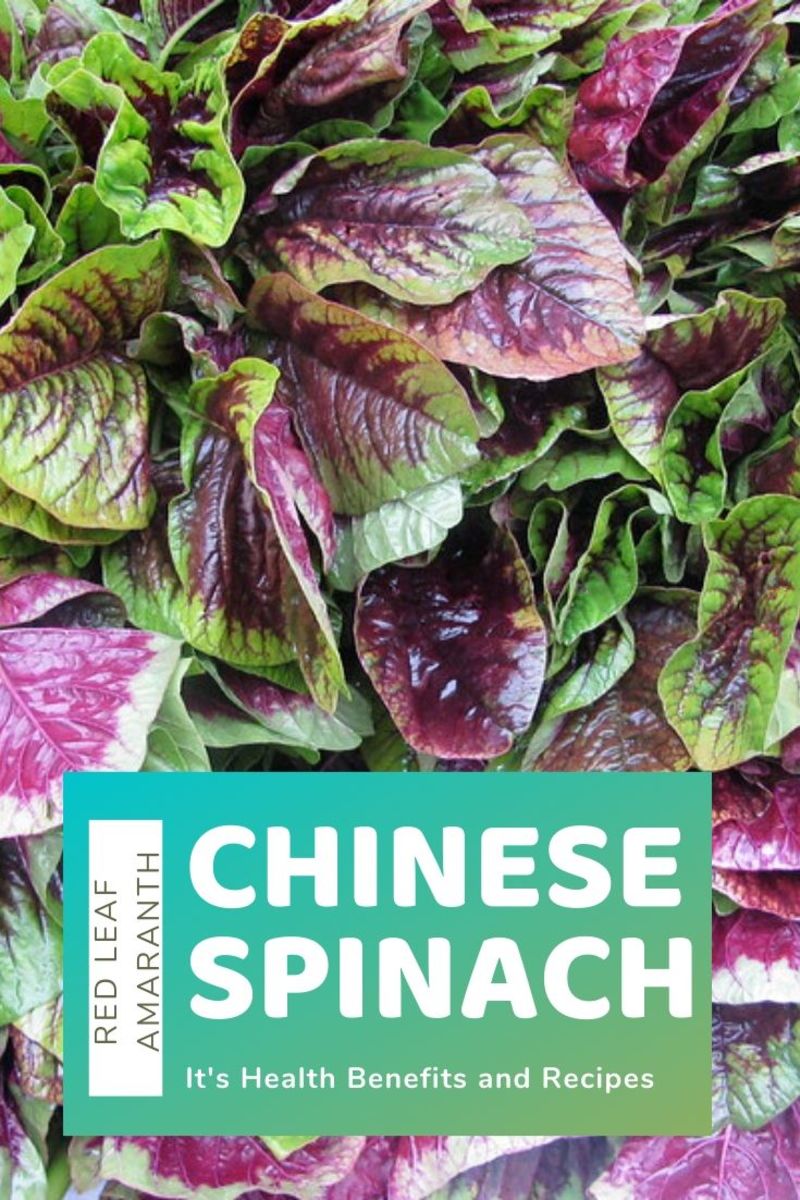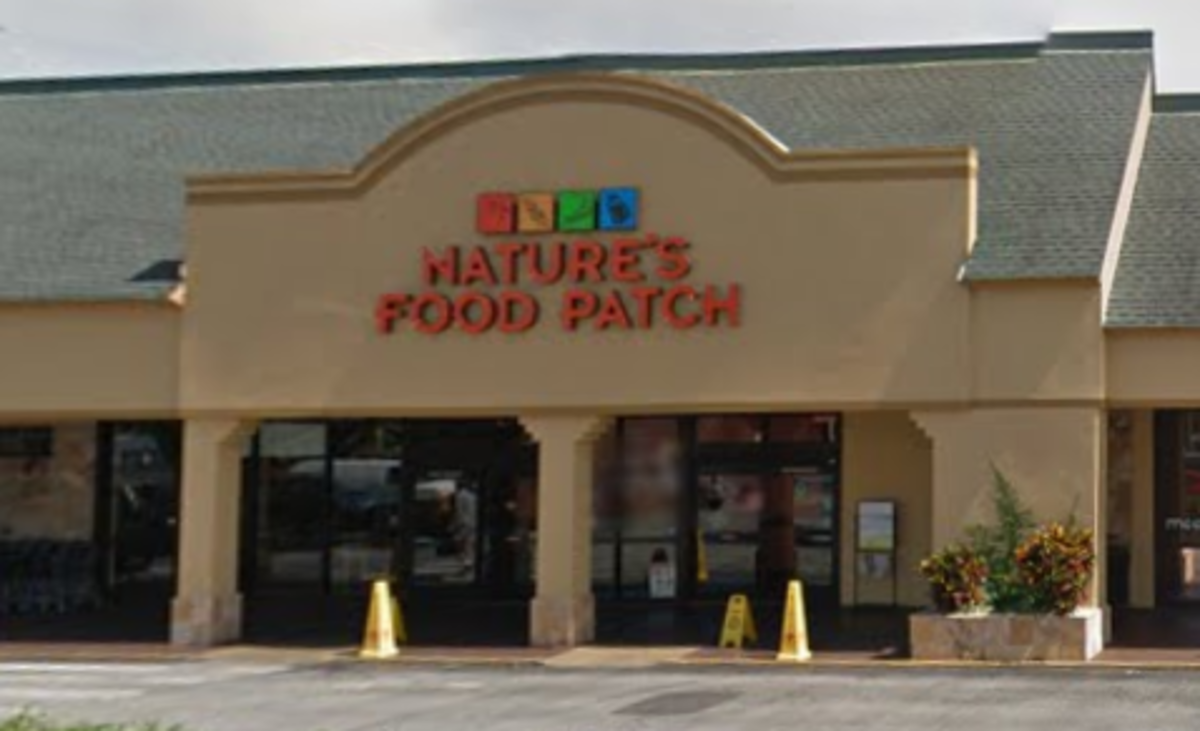Dirty dozen fruits and vegetables or America's most dangerous foods
Cropduster spraying pesticides
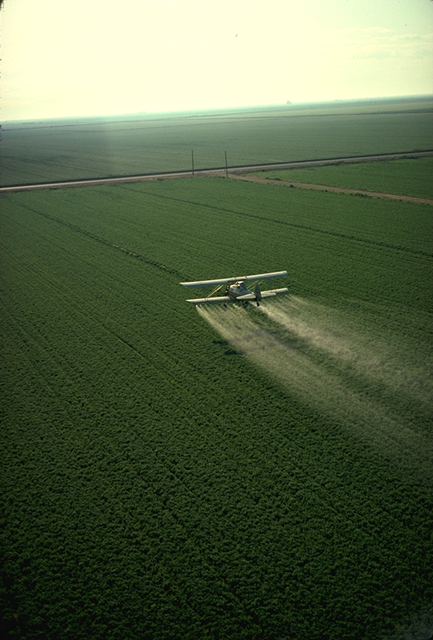
The food we eat can kill us
I will start with a simple question: Would you go to the grocery store to buy a pound of chlorpyrifos, a bunch of trichlorophenol and a bag of carbaryl? Then come home and eat them? Mmmm...yummy chemicals.
We say we will never do that as far as we still have meat, milk and wonderful fruits and veggies for our meals. Except for the fact that all these produce contain quite a big amount of the chemicals mentioned above. Their generic name is pesticides. And they can be found in our food along with other chemicals called insecticides or synthetic fertilizers. That’s the food we eat today.
It is said that every person in the world has some traces of these toxic chemicals in his body. Some of the chemicals, about 400 of them, are quickly eliminated by our organism, after they have done their harm, others are slowly building, making us sick and even kill us.
Across the globe, pesticides have been found in people’s blood, urine, breast milk, semen, adipose (fatty) tissue, amniotic fluid, infant meconium (first stool) and umbilical cord blood.
Source: Chemical Trespass. pesticides in our bodies and corporate accountability; a 2004 report of Pesticide Action Network of North America
Among fruits and vegetables, these are the most dangerous
The Environmental Working Group (EWG), a team of experts studying the impact of environment on human health, released the latest list of non-organic fruits and vegetable that contain the highest amount of pesticides.
The list is called “Dirty dozen” and tells which fresh non-organic products is better to buy organic.
The dirty dozen list contains some of the most common groceries in our bags: apples, strawberries, celery, spinach, potatoes, lettuce, grapes. The pesticides level found in these foods are dangerous for human ingestion. The EW group advise us to avoid poisoning ourselves and eat the organic version of these fruits and veggies.
The EWG also compiled another list, called “Clean 15”, that enumerate the fruits and veggies lowest in pesticides.
Dirty Dozen and Clean 15
Dirty Dozen
| Clean 15
| |
|---|---|---|
buy these organic
| lowest in pesticides
| |
1
| Apples
| Onion
|
2
| Celery
| Corn
|
3
| Strawberries
| Pineapples
|
4
| Peaches
| Avocado
|
5
| Spinich
| Asparagus
|
6
| Nectarines
| Sweet peas
|
7
| Grapes
| Mangoes
|
8
| Sweet bell peppers
| Eggplant
|
9
| Potatoes
| Cantaloupe
|
10
| Blueberries
| Kiwi
|
11
| Lettuce
| Cabbage
|
12
| Kale/collard greens
| Watermelon
|
13
| Sweet Potatoes
| |
14
| Grapefruit
| |
15
| Mushrooms
|
The list can be found on group's wbesite at http://www.ewg.org/foodnews/summary/. They also offer a PDF for of the list that you can print it, cut it out and carry it with you at all time.
Chronic Illnesses and Pesticide Exposure
Childhood Cancers
Breast Cancer
Lymphoma
Parkinson’s Disease
Low Birth Weight
Birth Defects
Declining Sperm Count
The segment of populace tested in the United States with the highest level of pesticides in blood and urine are children. The next is made of mexican - americans.
The good news
There have been some extensive researches, reports and documentaries about the impact of “dirty foods” on human health. None of them have came to the conclusion that long exposure to pesticides from fruits and vegetables is safe for people.
More, they emphasized the risks associated with such chemicals, from birth defects to cancers and death. In a french documentary called “Food Beware: French Revolution” french farmers disclosed disturbing truths about their health condition after few decades of applying pesticides to their crop. One farmer confessed that whenever he works with chemicals, he cannot urinate for up to week!
In this clip, a farmer explains how the soil changes the structure due to the death of earthworms caused by pesticides.
Most pesticides disrupt the functions of the neurologic system.
The good news is that there are eco-friendly foods and vegetables, grown on organic soil and treated, when needed, with organic solutions.
The even better news is these products are already available in most grocery stores around the world and more farmers or farming companies choose to grow eco-friendly fruits and vegetables.
We do have a choice and we can make a difference in our life and others by choosing healthy food. Sometimes though, we tend to skip that organic aisle in the store, heading straight to the chlorpyrifos (chemicals).
"It has been estimated that only 0.1% of applied pesticides reach the target pests, leaving the bulk of the pesticides (99.9%) to impact the environment." David Pimentel, entomologist
buy organic fruits and veggies
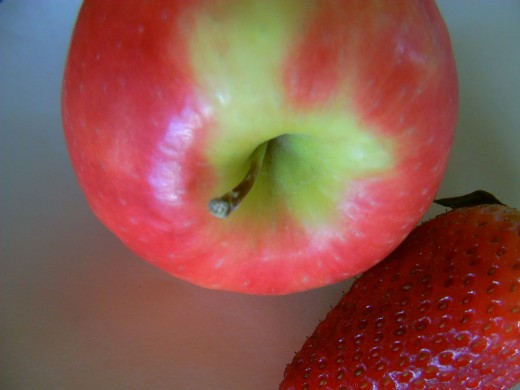
Non-organic farming uses more than 400 pesticides. The most dangerous for human health are the ones called chlorpyrifos. It was estimated that only 0.1% of them actually kill the pests. the others are entering the environment through soil, water and air.
How to start eating organic food
There is never too late in our life to make the transition from dirty foods to clean ones. But the sooner we start, the better. Most people would adopt a strategic approach, making gradual changes to their diet, until they adjust the habits and the budget. Once into a routine, they wouldn’t consider going back to that pesticides aisle.
The best strategy is made out of little steps that are easy enough for everyone who wants to go green. Some steps require us to change the way we think about our food, while others require some planning and researching.
Maybe the best way to go organic is to start considering it as a possible alternative to the conventional non-organic food.
step 1: print the dirty dozen fruits and veggies list, put it on your wallet or purse
step 2: every time you go grocery shopping pull out the “Dirty Dozen” list and browse the organic aisle, looking at the prices and at the produce.
step 3: choose ONE organic fruit or vegetable to buy
step 4: compare the price of the organic and non-organic product you choose
step 5. buy it!
That’s it!
Next time you go to the grocery store, repeat the steps above. Keep it so until you feel you are ready for next step.
step 6: consider buying TWO organic products from the “Dirty dozen” list.
If you do this, before the year is over, you’ll buy more than six green fruits and veggies.
Additional help may come from coupons. See also my article: Coupons for organic food and other ways to save on healthy groceries.
Maybe the hardest thing is to change our mentality about the way we eat. Browsing the Internet for resources and information is the best way to get us started. There is a wealth of websites that can offer support and advice for people who want to go green. There are even apps that you can download in your smartphones.
Some apps for organic food, that may come in handy
Smart Foods - Organic Diet Buddy (Android)
True Food (Android and iPhone)
Soleil Organics (Android)
Simple Organic Recipe ( iPhone)




